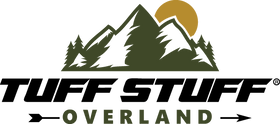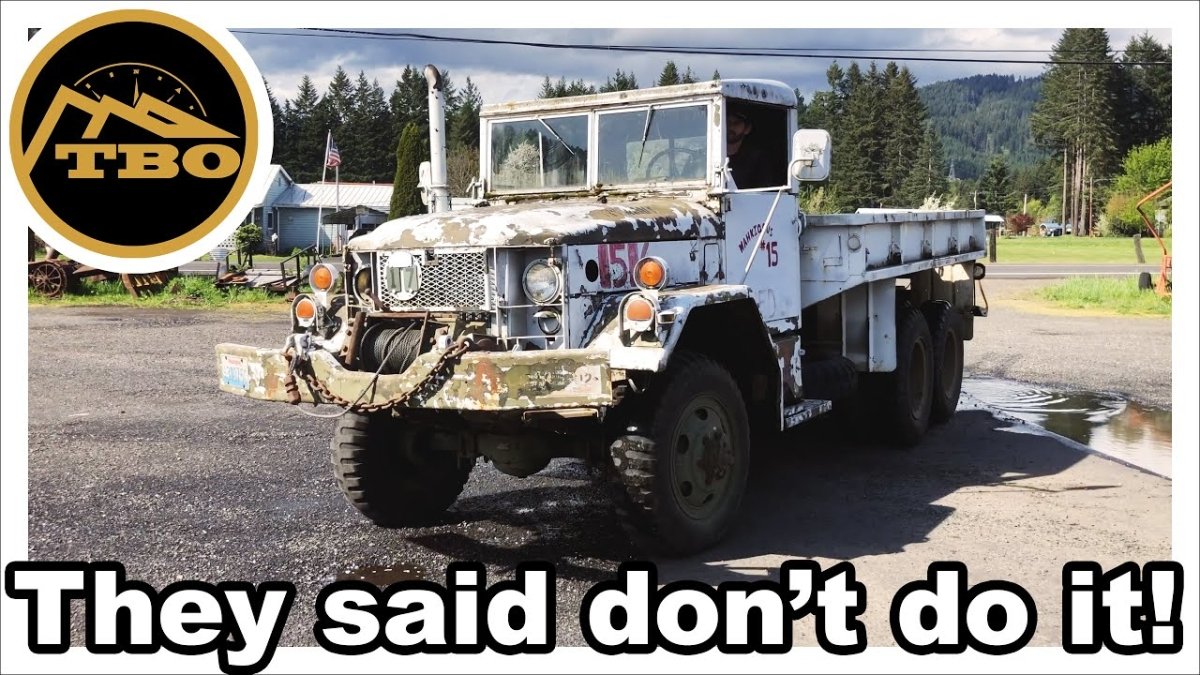https://www.overlandbound.com/first-aid-kit-for-overlanding/
By Chris Solis
It’s about having your first aid kit, and knowing how to organize the different parts.
When heading out into the backcountry we need to be prepared for any misadventure that we may encounter. Vehicle maintenance needs to be done in advance, spare parts double checked, sleeping and cooking gear need to be accounted for, etc. Once you have all that squared away, you’re ready to head out into the wilderness, right?
Well, not quite yet.
First Aid Kit for Overlanding
One area of preparation that commonly needs the most attention and improvement is First Aid. For me, First Aid is the most important part of my system because as much as a mechanical breakdown can ruin a trip, or being cold and hungry can be miserable, not being able to care for an injured member of your family or group is one of the worst situations to be in.
When investing your time and money into a first aid kit and training you need to make sure the gear and education you are receiving addresses realistic problems you will encounter so that you will have the confidence to handle them in real life. The goal of this article is not to tell you which kit to buy, or which class to take, but to get you thinking about what YOU want from your first aid system and how to organize it.
Different Kits for Different Care
More often than not, people buy an expensive first aid or trauma kit that promises care for almost all injuries with 300+ items crammed into a cool looking kit. And then once the purchase is made, ‘First Aid’ gets checked off and is considered done. The reality is that most kits on the market purport to be a jack of all medical necessities, and this is exactly why they fail the consumer.
First Aid Kit for Overlanding
You do NOT need a kit like this for overlanding, but you DO need to have everything organized and easily accessible.
So where do you start? First we need to define the types of care we are going to provide. This is important because the kit you carry and use needs to address different types of care when you are miles from help.
I break it down into three components:
Boo Boos (I have kids.)
Trauma Care
Basecamp First Aid
Each has its own priorities and therefore I carry three kits to address each one. As we go through them I want you to think about how you would set up your kit to deal with the types of injuries and ailments you could possibly encounter.
Boo Boo Kit
This is for the little cuts and scrapes, bumps and bruises that everyone gets just by being out and about. They don’t require anything more than a quick wipe off and a band aid for the most part. If you have children, you will go through 100 bandaids on a normal trip. This is a small kit, easy to grab from the glove box or other cubby. This should be accessible when the rig is fully loaded so you can address things when you stop for lunch, bio breaks, etc. Some items to consider are bandaids, neosporin, chemical ice pack, chapstick, moleskin, etc.
The Base Camp Medical Kit
This is more of a true first aid kit, designed to care for people at camp and take care of the medical issues that come up. Think of it as the mobile medicine cabinet that can be stored in your vehicle and brought out at camp when the rig is mostly unpacked. This contains medicines for headaches, stomach aches, wound care supplies, creams and ointments for a variety of ailments, etc. This is designed to treat those issues that don’t require you to end the trip, but make the person more comfortable and enjoy themselves.
First Aid Kit for Overlanding
Keep a small kit someplace easily accessible to handle injuries like scrapes and small cuts.
First Aid Kit for Overlanding
Your first aid kit should be like a medicine cabinet at home.
The Trauma Kit
This is the one that needs to be easily accessible, fully stocked at all times, and only used for major injuries. The kit should be organized to allow for the ABC (Airway, Breathing, Circulation) trauma protocol to be followed. Having a separate trauma kit allows for all of the equipment needed for each step to be immediately available without having to hunt through 299 other things during an emergency. I recommend using a soft sided backpack (emergencies don’t always happen right next to your rig), and that it be capable of carrying enough equipment to care for the number of people in your crew. Invest in your own safety by having the gear needed for additional responders to jump in at the scene. Your kit should have equipment to not only treat, but protect and remove patients from more harm.
Chris' trauma bag is available through Springtail Solutions. (Trauma supplies sold separately.)
First Aid Kit for Overlanding
Some Final Thoughts
And here’s the reality of backcountry trauma care when traveling way off the beaten path: no matter what you carry or level of training you have, you are significantly limited in what you can do when dialing 911 is not an option. Once you embrace this and know that all you are trying to do is have the right tools accessible at the right time in the right circumstances/situations, you are well on your way to being properly prepared.
About Chris
Chris moderates and manages the First Aid section of the Overland Boot Camp section on our forums. Here are some links to help you start or improve your current FAK set up!
Above and beyond being an Advanced Trauma Life Support Instructor, and Flight Surgeon for the East Bay Regional Parks, Chris is a passionate outdoorsman and teacher. He spends his professional time as the Chair Department of Surgery Sutter Delta Medical Center, and his personal time off-roading in his Camel Trophy Defender 110.



